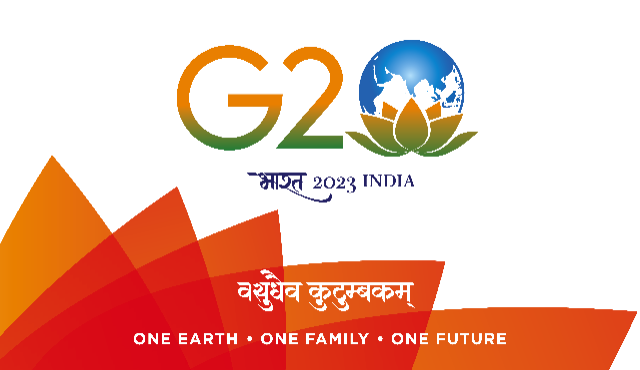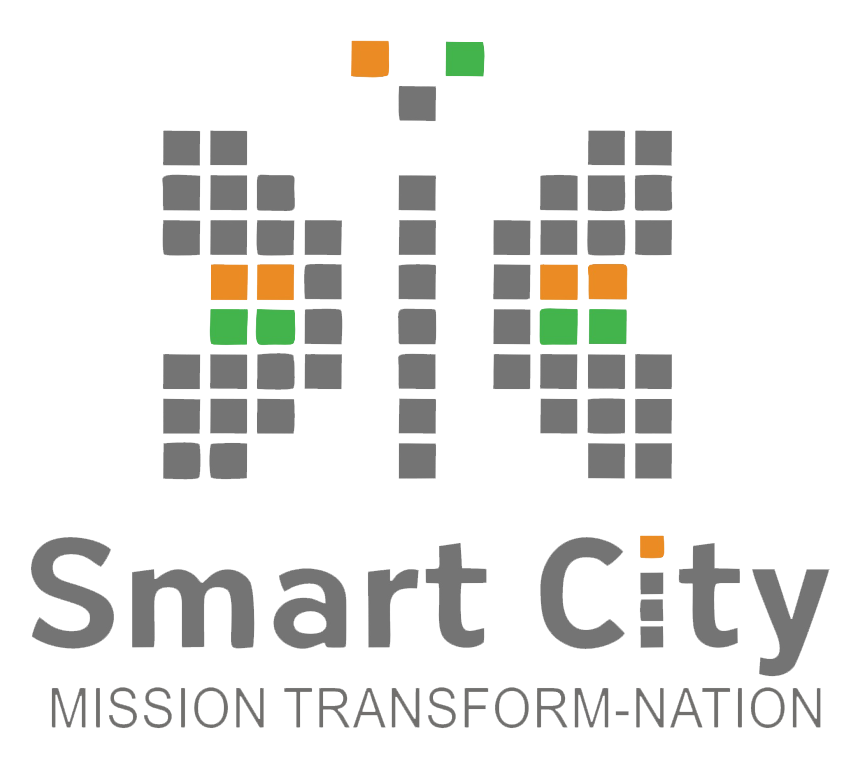



One of the largest programmes is the Public Distribution System (PDS), India’s only safety net – designed to improve food security through the provision of subsidised commodities. Since the 1960s, the PDS has distributed grains, sugar and kerosene to help households meet their consumption needs. After a reform in 1997, targeted households are now given ration cards according to their economic status, which allow them to buy up to 35 kg of grains per month at subsidised prices. Though the aim of PDS is laudable, it has been criticised for lack of transparency and accountable delivery as well as its inability to effectively serve the poorer population.1 In order to sustain its economic growth, there is a need for the population to be food secure and healthy. Yet, with more than 200 million people.2 affected, widespread mal- and undernutrition remain major challenges for the country
Since 2008, the Rashtriya Swasthya Bima Yojana (RSBY), India’s National Health Insurance scheme, ensures access to essential health care for Below Poverty Line population and various categories of unorganised workers. For its implementation, a robust technology platform has been deployed. For the first time, IT solutions are being used for a large-scale social security scheme. Based on the usage of biometric-enabled smart cards and the Key Management System (KMS), which verifies and authorises the identity of the beneficiary, a cash- and paperless way of claiming benefits has been instituted.
Taking into account the large overlap in the targeted groups, some State Governments have started discussions to link the provision of subsidy distribution under the Public Distribution System (PDS) with RSBY. The first State in the country to do so, Chhattisgarh has been expanding the use of the RSBY smart card to include PDS entitlements since 2012. In other States different models of linking the two schemes are being explored and various designs are currently being discussed in the States of Kerala and Punjab. This paper will focus on the introduction of the IT platform and its potential to deliver PDS benefits.